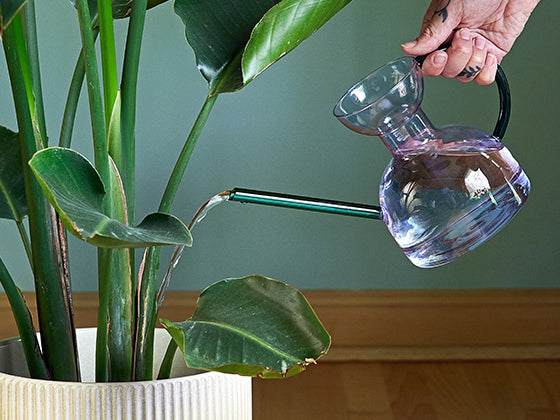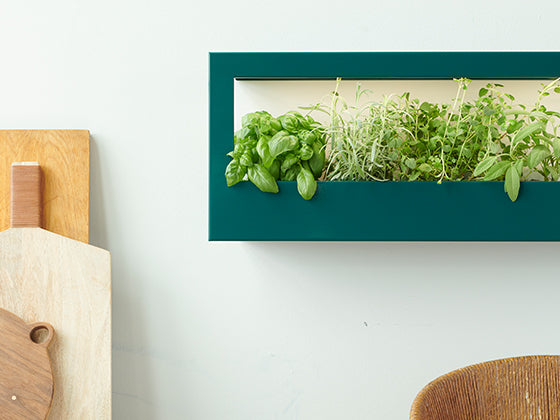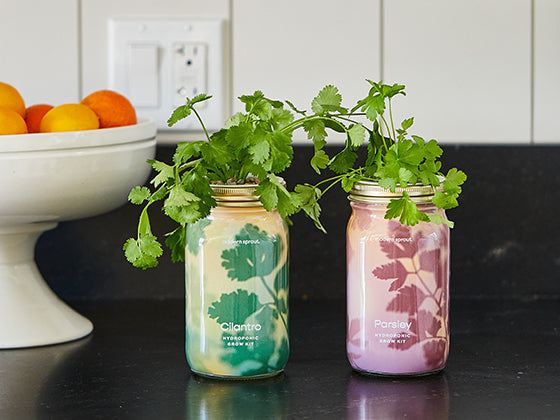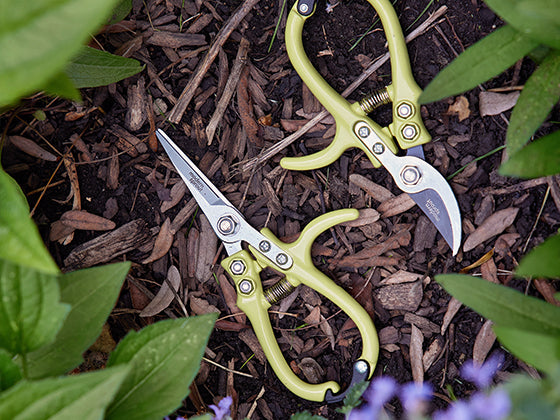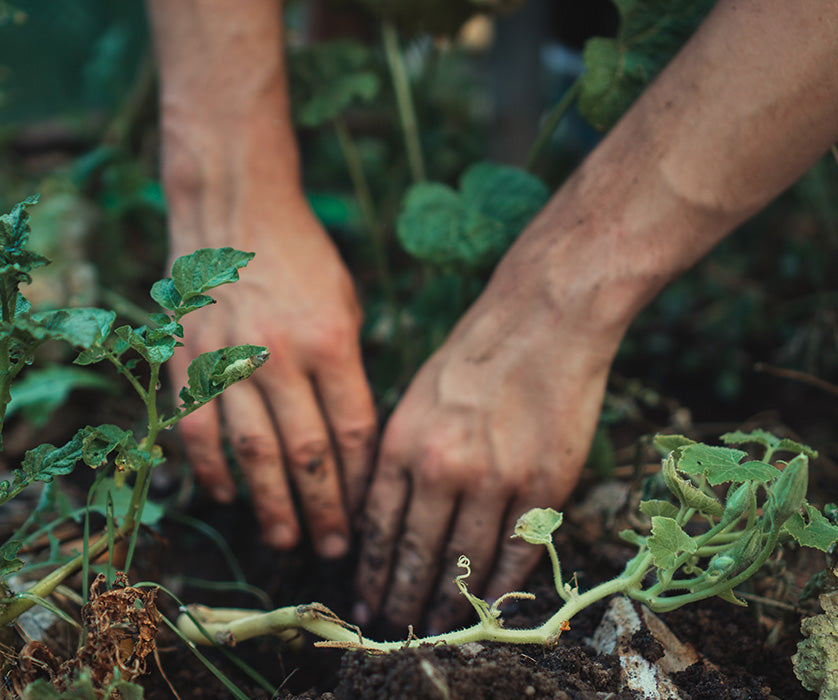Temperatures are dropping, sunlight is becoming more scarce, and it’s almost time to say goodbye to your garden. Almost.
For our newest to the gardening crew, welcome! Congrats to the near close of your first formal growing season.
For our seasoned growers, this is your reminder to hold your focus until you can officially throw your post-season party. Don’t pack up too early!
Regardless of experience, we want you to get the most out of your garden this season, so let’s talk about the longevity of your perfect little plot.
—

1. Think Ahead to Spring
Do you remember the moment you stepped out of your front door to see your neighbor’s green bulb shoots before cursing their foresight to drop bulbs last year?
Join the tulip club and get your bulbs put to bed now! Bury your bulbs “tip down” to ensure they’ll have the best chance at surviving through unpredictable spring starts. While this method may make your bulbs work harder to bloom, they’ll actually last longer and get the growing cue from the ground defrosting. Burying bulbs upside down also helps avoid a potential cold shock from a late frost, occurring more frequently due to climate change.
2. Save Spent Brush
As you clear your greenspace of its spent vines, dropped leaves, and otherwise dead shoots, set the brush aside in a clear, dry space.
We’re all about preserving your garden’s output and using as much of your grows as possible, thus minimizing your waste. Saving the brush lets your vining cold crops take over your garden with minimal obstacles for fall harvest, and acts as a great starter for fall bonfires.

3. Till in nutrient-boosting soil additions
Remember the brush you cleared? Add any remnants to your garden once the season is truly over. Till in the old grows and additional locally recommended nutrients to slowly release into your space over the next few months. Be mindful of your area and future growth goals going forward.

4. Still growing? Shift inside.
Some plants can net a second crop in the same season. Transferring those growers indoors may be the way to keep them safe until such treats are ready for your table.
TIP: Move slowly when uprooting your growers if planted in the ground. Some more woody growers are not recommended for transplant and should be left in the ground. Tent heat sensitive fruiting and flowering types nightly if the seasons turn before the last late crop.


5. Take stock and plan for next season
Maybe you learned some valuable lessons about tomatoes over the course of the summer. Or strawberries were particularly successful in your planters, but not in the ground. Write everything down! There’s no point in forgetting all of your valuable experimental work and starting from scratch.
Create your own End of Season Plan with our PRINTABLE WORKSHEET.
Now you can plan ahead and move forward with your complete know-how next season!
We hope your season was especially fruitful, no matter what you grew. The end of your farm-to-table experience is easily one of the most rewarding parts of growing. Feeding the folks you love with something so personal, as a dish that is truly homemade is unforgettable for both host and guest.
Gardening is always a growing experience. Thanks for doing it with us.
Happy Cultivating!

